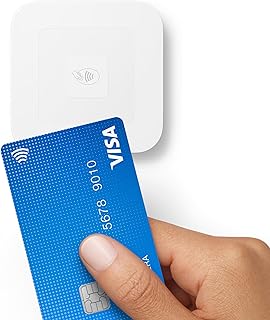Maximizing Revenue with Smart Pricing Strategies for Ticket Machines
As the owner or operator of a ticket machine, maximizing revenue is likely one of your top priorities. One of the most effective ways to increase revenue is through smart pricing strategies. By carefully setting prices for your tickets, you can attract more customers, increase sales, and ultimately boost your bottom line. In this article, we will discuss seven smart pricing strategies that can help you maximize revenue with your ticket machine.
1. Dynamic Pricing
Dynamic pricing involves adjusting ticket prices in real-time based on factors such as demand, time of day, day of the week, and even weather conditions. By implementing dynamic pricing, you can ensure that your ticket prices are always optimized to maximize revenue. For example, you could offer discounted tickets during off-peak hours to attract more customers or increase prices during peak times to capitalize on high demand.
2. Bundle Pricing
Bundle pricing involves offering multiple tickets or services for a discounted price. This strategy can encourage customers to purchase more tickets than they originally intended, increasing your overall sales volume. For example, you could offer a bundle of tickets for different attractions or events at a discounted rate, enticing customers to purchase more tickets and increasing your revenue per transaction.
3. Seasonal Pricing
Seasonal pricing involves adjusting ticket prices based on the time of year. For example, you could offer lower prices during the off-peak season to attract more customers or increase prices during peak seasons to capitalize on high demand. By aligning your pricing with seasonal trends, you can maximize revenue throughout the year.
4. Tiered Pricing
Tiered pricing involves offering different ticket options at varying price points. This strategy allows you to cater to different customer segments with varying budgets. For example, you could offer a basic ticket option at a lower price point and a premium ticket option with additional perks at a higher price point. By offering tiered pricing, you can capture a wider range of customers and increase your overall revenue.
5. Promotional Pricing
Promotional pricing involves offering temporary discounts or promotions to attract more customers and increase sales. For example, you could offer a buy-one-get-one-free promotion, a percentage discount on tickets, or a limited-time offer on certain ticket types. By running promotional pricing campaigns, you can create a sense of urgency and incentivize customers to purchase tickets sooner rather than later, boosting your revenue in the process.
6. Dynamic Discounts
Dynamic discounts involve offering personalized discounts to customers based on factors such as their purchase history, frequency of visits, or loyalty status. By tailoring discounts to individual customers, you can increase customer loyalty, encourage repeat business, and ultimately boost your revenue. For example, you could offer a discount to a customer who has purchased tickets multiple times in the past or provide a special offer to a loyal customer on their birthday.
7. Value-Based Pricing
Value-based pricing involves setting prices based on the perceived value of your tickets to customers. By highlighting the unique features, benefits, and experiences that your tickets offer, you can justify higher prices and increase your revenue. For example, if your tickets provide exclusive access to a popular attraction or event, you could price them higher to reflect their premium value. By emphasizing the value of your tickets, you can attract customers who are willing to pay more for a superior experience.



